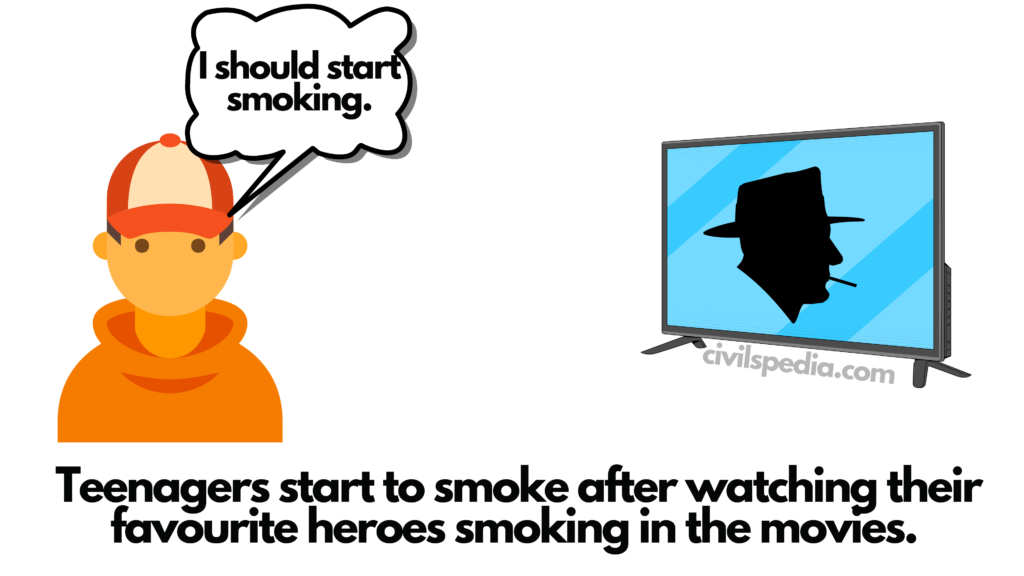Accountability and Ethical Governance
This article deals with topic titled ‘Accountability and Ethical Governance.’ This is part of our series on ‘Ethics’ . For more articles , you can click here
Accountability |
|||||||||||||
What is Accountability
Types of Accountability
Steps to make Accountability more effective in India
Side Topic : Lokpal
Various Challenges to accountability in India
|
Ethical Governance |
||||
| Ethical governance is corruption free, moral and people centric Government
|
||||
Philosophical Basis of Ethical Governance |
||||
| People think that concept of Good Governance is modern concept. But they are wrong. Many times in past, scholars have conceptualised what is good governance
Kautilya
Gandhi’s Vision of Ramrajya
Aristotle
|
||||
8 Characters of Ethical Government |
||||
Rule of Law
People’s Participation
Consensus orientation
Equity and Inclusiveness
Effective and Efficient
Accountable
Transparent
Responsive
|
||||


















